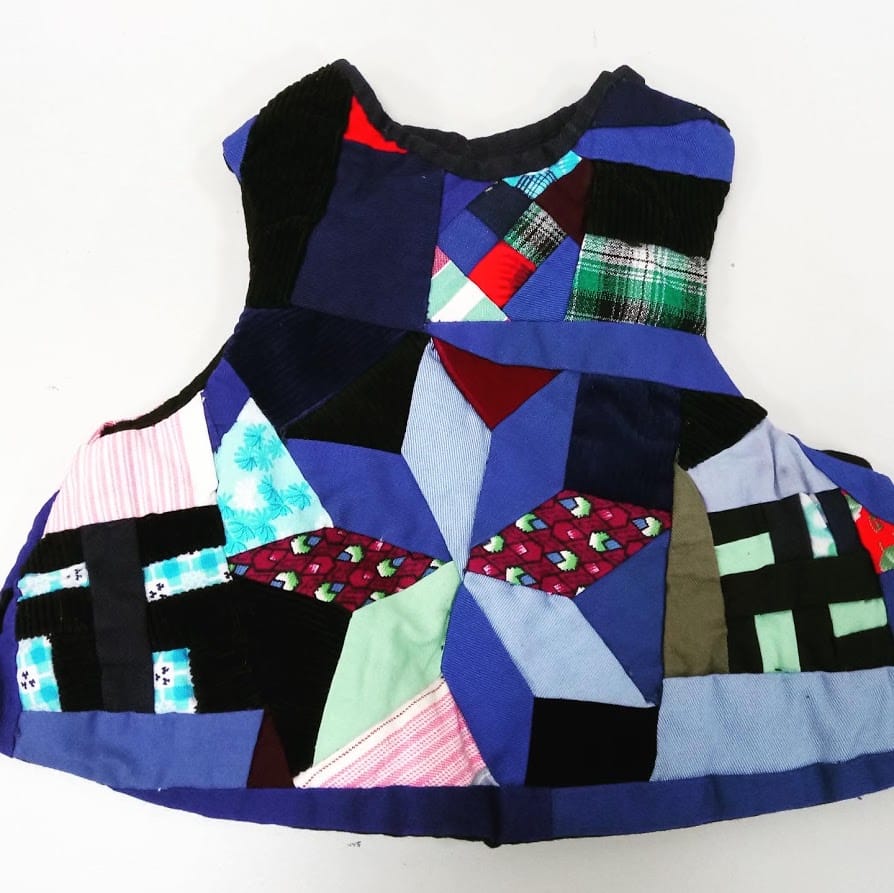Community is built one person at a time.

If I’m not near my notebook when I come across a good line – usually, when I’m listening to a podcast during a commute – I type it into the Reminders app on my phone and set a random date in the future so that it pops up without pretext and I am given the opportunity to make a connection to whatever place I am in, in that future moment. This week, this is the quote that flashed onto my screen:
It was from an interview between David Naimon and the writer, adrienne maree brown, on his podcast, Between the Covers. They were discussing her trilogy, Grievers, Marooners, and Ancestors, which I had not read, but as is the case with David Naimon interviews, the conversation lived above and beyond the close reading of her books. I remember feeling simultaneously softened and galvanized after listening to Naimon and brown talk about what it takes to build the community you want to be a part of, what it takes to dream the contours of the community you believe can be rooted in love, in spite of the morass of anger and ego and unwillingness to understand. I think I was walking home from school when I pecked out this quote from the interview. It was at least three months ago.
A few days before this quote showed up on my screen, I received a message from a very dear friend who had left Taiwan at the start of summer, after four years of living here, and though she is happy to be back in the city she loves, she has yet to find community. Around the same time, I heard from a former student who is now in her first year at university, expressing the same feelings. This student described a sense of being unmoored, missing home intensely, while also knowing that she ought to find a connection to this new environment – both because this is where she lives now and also because she already knows that when she comes back here, to Taiwan, both she and it – the home as she once knew it – will be different.
The adrienne maree brown quote appeared like magic. I circled back to the interview to find the exact context and realized that I had extracted the meaning of her words and distilled it into my own sentence. But the fullness of what she said, which so inspired me three months ago to remind myself of it in the future, deserves repeating here:
“ ‘You need to find your community,’ there’s this idea that you’re going to like drop into something that’s already like a highly functional, multitudinous group of people who all have like working agreements and everything’s going well, but that’s not how I have ever built community. It’s always been one by one and like letting myself be drawn into the companionship of one person at a time or one creature at a time.”
The reason why brown’s words burrowed so deeply into my mind is that it speaks directly (and with warmth and comfort) to my introversion. Introverts – as I, my friend, and former student all are – crave community just as much as extroverts, but it takes a lot more energy and time for us to forge connections. Perhaps precisely because we don’t need many connections – only a few, true, dependable people with whom we feel safe – the community we look for is cultivated slowly, one intimate conversation at a time. To be reminded that community can be built one person at a time – even, or maybe especially when, that one person is oneself – greatly relieves the pressures of both time and scope. My former student shared that she spends much of her time at the end of her long days feeling out of place by writing; and that she always feels better after she writes. I should tell her that this quiet, seemingly solitary act plants the seed for the community of which she aspires to be a part.
Here is a writing prompt I often share at the start of the school year (it has two parts):
1) Make a list of all the communities you are a part of. You might include communities you wish you were a part of, or communities you wish existed. Simply list; don’t annotate, explain, or expand.
2) Now look at your list and focus on one of the communities – real or imagined. What would you like this community to know?
